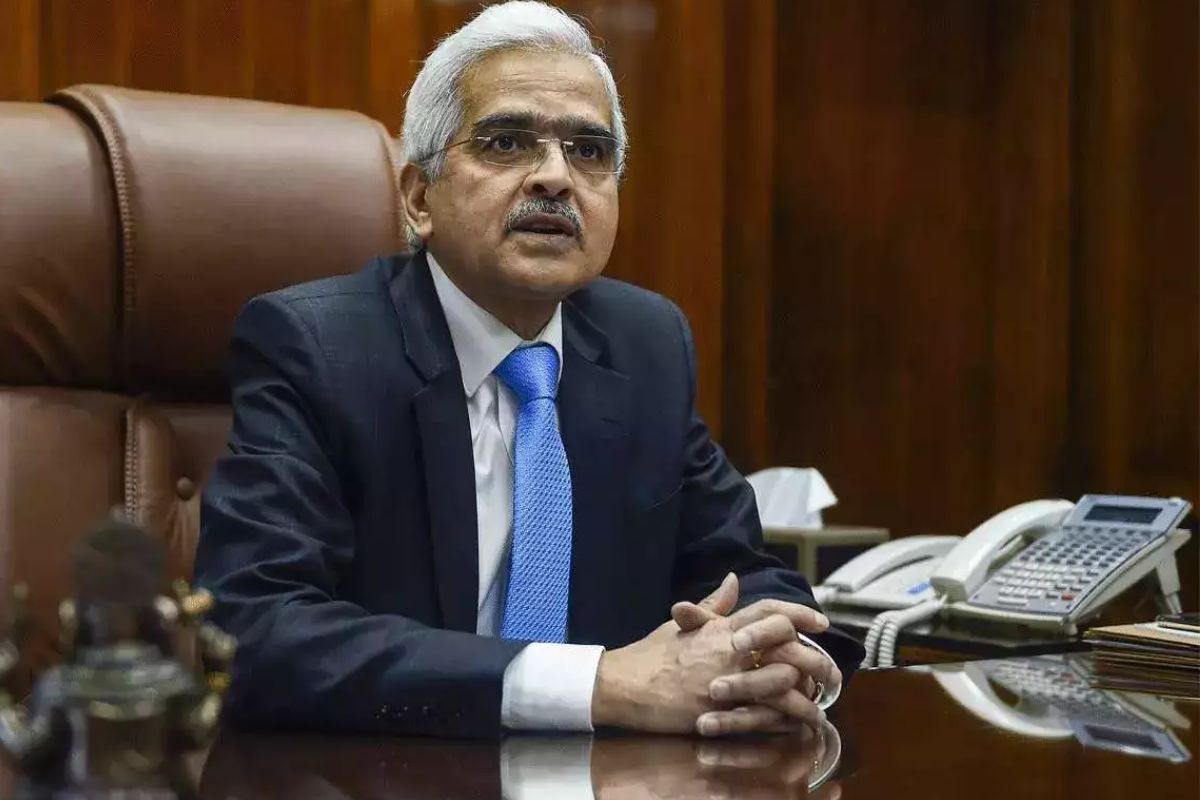
The RBI’s Monetary Policy Committee kept the repo rate unchanged at 6.5%, signaling stability amid a complex economic landscape.

New Delhi: The Reserve Bank of India’s (RBI) Monetary Policy Committee (MPC) opted to keep the repo rate unchanged at 6.5%. This decision signals a commitment to stability in the interest rate environment, even as the Indian economy navigates a complex landscape.
The central bank remains vigilant regarding potential upside risks to food inflation. With a projection of retail inflation at 4.5% for fiscal year 2024-25, the RBI aims to strike a delicate balance between supporting economic growth and managing inflationary pressures.
Looking ahead, real GDP growth for FY25 is estimated at 7%. This optimistic projection reflects the country’s aspirations for a robust economic rebound, driven by various sectors and policy initiatives.
View this post on Instagram
In a move aimed at enhancing convenience for citizens, the RBI is proposing a novel approach. Users may soon be able to deposit cash in cash deposit machines (CDMs) through the Unified Payments Interface (UPI). This integration seeks to streamline transactions and empower individuals with more accessible banking options.
Amid the recent surge in gold prices, the RBI strategically increases its gold reserves to enhance the stability of India’s foreign exchange reserves. “We are building gold reserves, and that is a part of our reserve deployment,” says RBI Governor Das.
ALSO READ : RBI holds repo rate steady at 6.5% amidst optimistic economic projections
While maintaining stability, the RBI remains cautious. Factors such as the monsoon outlook, sustained growth momentum, and decisions from the US Federal Reserve will influence any potential shift towards a more accommodative monetary policy. Prudent monitoring is essential as the economy adapts to changing global dynamics.
RBI Governor Shaktikanta Das emphasises that the task on inflation is not yet complete. As the RBI approaches its centenary (RBI@100), the primary focus will be on financial stability and promoting the financial sector.
“Moving towards RBI@100, the primary focus will be on financial stability and promoting the financial sector. The priority of RBI is to ensure the stability of the Rupee. The financial sector continues to be stable”, he added.
“Further rate actions are linked to the evolving path of inflation. RBI’s monetary policy is guided by domestic situations. Regarding foreign exchange risk management, the RBI’s policy remains consistent. It serves as a mandatory requirement for hedging with underlying exposure. Misuse of this relaxation is considered a violation of the law,” said RBI Deputy Governor Patra.